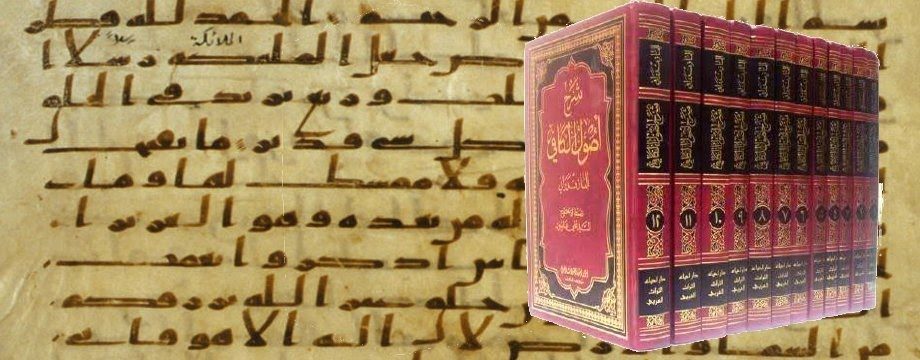Andrew Newman suggests in his Formative Period of Twelver Shi’ism, that the author of al-Kāfī, Muḥammad ibn Ya‘qūb al-Kulaynī, was influenced by the rationalists of Baghdād due to his twenty-year residence there (p. 195). It is natural to assume that a person who spends such a long time in any place would be influenced by the prevalent trends of thought there. This, it has been suggested by Newman, accounts for the differences between the approaches of al-Ṣaffār in his Baṣā’ir al-Darajāt and al-Kulaynī in al-Kāfī. However, since the whole basis of this argument rests on the premise of al-Kulaynī’s lengthy stay in Baghdād, if this premise itself proves to be false, all the subsequent arguments that depend on it will come tumbling down.
Indeed, little is actually known for certain about al-Kulaynī’s life and as such, many details have been deduced and adduced by scholars from the little information available. The idea that al-Kulaynī spent twenty years in Baghdād is based on the statements of biographers, such as al-Najāshī, that the latter took twenty years to write his book, al-Kāfī. At the same time, we know for certain that he was buried in Baghdād. Putting these two ideas together led some scholars, like Newman, to conclude that he must have spent his last twenty years in Baghdād (p. 32). However, this is not necessarily the case.
The eminent scholar, al-Sayyid al-Burujerdi, says: the claim that al-Kulaynī was in Baghdād for twenty years is mere unsubstantiated conjecture… If indeed he lived in Baghdād for twenty years, that would leave little time for him to produce anything that could make him worthy of the title ‘the great Shaykh of Ray’ (al-Najāshī calls him “Shaykhu Aṣḥābīnā bi al-Ray wa Wajhuhum”) and this cannot be proven by his burial in Baghdād for he could have gone there for a short time at the end of his life or could have been passing through the city when he died.1
Furthermore, a simple study of al-Kulaynī’s teachers shows that most of them were Qummīs and only a negligible number of them were actually from Baghdād. The fact that he starts his work with traditions about the intellect and the importance of knowledge, or that he does not narrate many of the traditions on Imāmah that al-Ṣaffār does is because, unlike the simplistic categorization of Baghdād and Qum as centres of rationalism and traditionalism respectively, Qum actually did have rationalistic trends as well. Additionally, al-Kulaynī himself states in the introduction to al-Kāfī, that he intended to write a book on Imāmah, and that is where he most likely intended to compile a more complete set of traditions on the subject. Aside from this, in the instances where al-Sadūq narrates from al-Kulaynī, he does so through a chain comprising of narrators from Ray, thereby showing that al-Kāfī attained popularity in Ray before it did in Baghdād.

